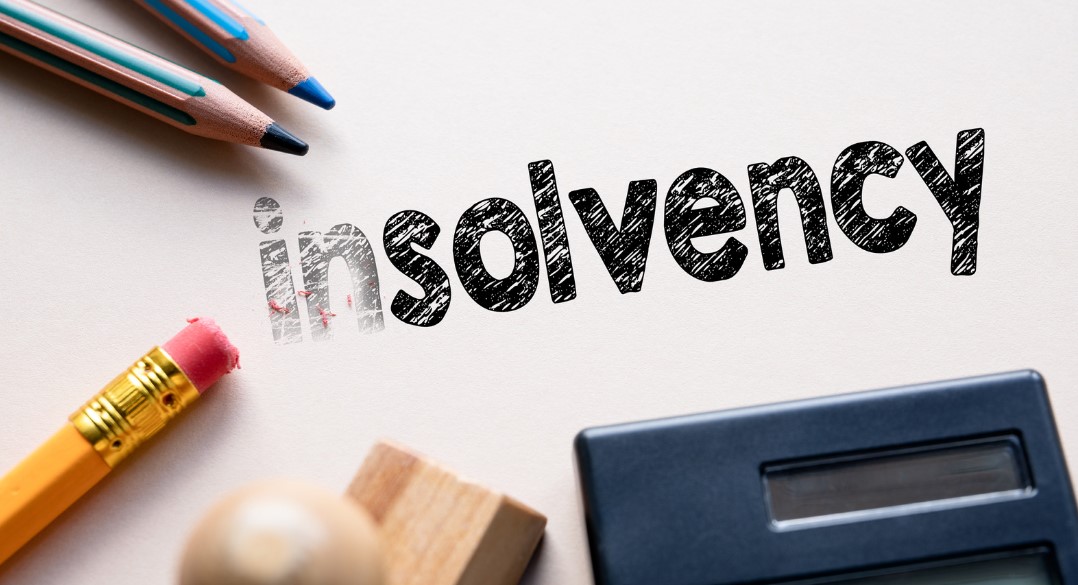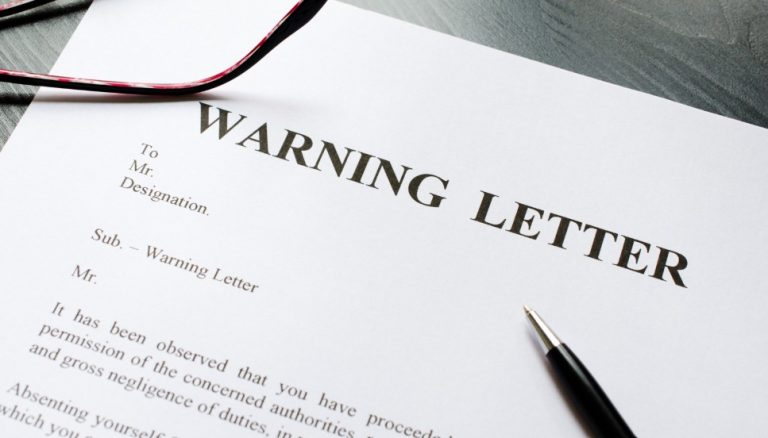In the realm of finance and business, the term “insolvency” carries significant weight, often conjuring up images of financial distress and uncertainty. But what exactly does it mean? Insolvency refers to the state of being unable to pay debts as they fall due or having liabilities that exceed assets.
In this blog, we’ll delve into the intricacies of insolvency, exploring its various forms, causes, and implications. Understanding insolvency is crucial for individuals and businesses alike, as it can have far-reaching consequences on financial stability and legal obligations.
Whether you’re a business owner navigating turbulent times or an individual seeking clarity on financial matters, this guide aims to demystify insolvency, providing you with the knowledge to make informed decisions and potentially avert financial crises.
What is Insolvency?
Insolvency is a financial state in which a business or individual is unable to pay their debts. It occurs when there are issues such as cash flow problems, increased expenses, or poor financial management. This article aims to provide a simple breakdown of insolvency, including its definition, process, types, and laws that govern it.
Insolvency can be a temporary situation that can be resolved through various methods, such as accessing credit or obtaining short-term loans. However, if the cash flow issues persist, insolvency can lead to legal action or bankruptcy.
Types of Business Insolvency
When it comes to business insolvency, there are two main types that are commonly recognized: accounting insolvency and cash flow insolvency. Each type presents its own unique challenges and consequences that businesses should be aware of in order to take appropriate action.
Accounting Insolvency
Accounting insolvency occurs when a company’s liabilities exceed its assets, as reflected on its balance sheet. In other words, the value of what the business owes surpasses the value of what it owns. This type of insolvency makes it difficult for the company to meet its financial obligations, such as paying off debts, loans, and outstanding invoices.
Cash Flow Insolvency
Cash flow insolvency, on the other hand, is a situation where a business struggles to meet its day-to-day financial obligations due to insufficient cash reserves, even if it may have valuable assets. In this case, the business may find it challenging to pay employees, suppliers, or utility bills, resulting in delayed or missed payments.
Both types of insolvency can have severe consequences if not addressed promptly and effectively. It is crucial for businesses to be aware of the signs that may indicate insolvency, such as:
- Late payments to suppliers
- Creditor pressure and demands for debt repayment
- Cash flow problems
- Declining sales and revenue
- Increasing levels of debt
- Potential legal action from creditors
Recognizing these warning signs early on can help businesses take the necessary steps to address their insolvency. It enables them to implement appropriate strategies to improve their financial situation, such as seeking professional advice, negotiating payment terms with creditors, or exploring options for restructuring or refinancing.
| Type of Insolvency | Description |
|---|---|
| Accounting Insolvency | A business’s liabilities exceed its assets, making it unable to meet financial obligations. |
| Cash Flow Insolvency | A business cannot meet its day-to-day financial obligations despite having valuable assets. |

Consequences of Business Insolvency
Business insolvency can have significant consequences, impacting both the financial and legal aspects of a company. Understanding the potential outcomes of insolvency is crucial for businesses to navigate this challenging situation effectively.
Legal Action and Potential Bankruptcy
When a business becomes insolvent, creditors may take legal action to recover the outstanding debts owed to them. This can result in court proceedings, where the company’s financial situation is carefully examined, and a decision is made regarding the repayment of debts.
If the debts cannot be resolved or the company’s financial condition worsens, insolvency can lead to potential bankruptcy. Bankruptcy is a legal process that involves the liquidation of assets to repay debts or the restructuring of the company’s operations to facilitate debt repayment.
Loss of Assets
One of the consequences of business insolvency is the potential loss of assets. When a company is insolvent, creditors may seize and sell off the business’s assets to recover the debts owed to them. This can significantly impact the company’s ability to continue operations and can result in substantial financial losses.
Damage to Credit Scores
Business insolvency can have a detrimental effect on a company’s credit scores. When a business fails to meet its financial obligations and becomes insolvent, it can result in negative credit ratings. These low credit scores make it challenging for the company to obtain future loans or credit, hindering its ability to operate and grow.
It’s important for businesses to be aware that the consequences of business insolvency can extend beyond financial implications. The damage to a company’s reputation and relationships with suppliers, customers, and investors can be long-lasting and difficult to recover from.

How to Avoid Business Insolvency
Preventing business insolvency requires proactive financial management and careful planning. Here are some strategies to avoid business insolvency:
- Monitor cash flow: Regularly track and analyze cash flow to identify potential issues early on.
- Reduce expenses: Take measures to cut unnecessary costs and improve the company’s financial health.
- Manage debt levels: Avoid excessive borrowing and ensure that debt repayments are manageable.
- Seek professional advice: Consult with financial experts, such as accountants or insolvency practitioners, to assess the financial situation and develop effective strategies.
- Implement effective credit control: Establish robust credit control processes to ensure timely payment from customers and reduce the risk of bad debts.
By implementing these measures and staying proactive, businesses can mitigate the risk of insolvency and maintain their financial stability.
| Consequences of Business Insolvency | How to Avoid Business Insolvency |
|---|---|
| Legal action and potential bankruptcy | Monitor cash flow |
| Loss of assets | Reduce expenses |
| Damage to credit scores | Manage debt levels |
Managing Insolvency in Business
When a business becomes insolvent, it is crucial to take steps to manage the situation and potentially avoid bankruptcy. A key aspect of managing insolvency is effectively dealing with debt. This involves finding strategies to negotiate with creditors, establish more favorable payment terms or even seek debt forgiveness. By doing so, the financial burden on the business can be alleviated, allowing it to continue its operations.
Open communication with creditors is vital during this difficult time. It is important to keep them informed about the business’s financial situation and to work together towards finding a solution. By keeping the lines of communication open, it is possible to establish a level of trust and understanding that can benefit both parties involved.
Exploring the options available for insolvent businesses in the UK is also essential. One option to consider is entering into a Company Voluntary Arrangement (CVA). A CVA allows the business to continue trading while repaying its debts over a fixed period of time. It provides a structured plan for debt repayment and can help stabilize the business.
Seeking professional advice from experienced insolvency practitioners is highly recommended. These professionals have expertise in handling insolvent businesses and can provide guidance on the available options. They can help develop a detailed plan to restructure the business, manage creditors, and navigate through the complexities of insolvency.
Overall, effectively managing insolvency in business requires proactive measures such as negotiating with creditors, exploring available options, and seeking professional guidance. By taking these steps, a business can increase its chances of navigating through insolvency and finding a path towards financial stability.

Comparing Options for Insolvent Businesses in the UK
| Option | Description |
|---|---|
| Company Voluntary Arrangement (CVA) | A legally binding agreement between the business and its creditors to repay debts over a fixed period of time. Allows the business to continue trading. |
| Administration | A process that places the business under the control of an insolvency practitioner, providing a period of protection from legal action and allowing time to develop a recovery plan. |
| Pre-Pack Administration | A type of administration where the sale of the business’s assets and operations are arranged before the formal insolvency process begins. The business can then continue under new ownership. |
| Liquidation | The process of winding up and selling off the business’s assets to repay creditors. It marks the end of the business’s operations. |
Conclusion
Even though business insolvency can have serious repercussions, it is possible for a company to recover with the right strategies and support. Seeking assistance from professionals who specialize in business insolvency in the UK can provide valuable guidance and expertise during this challenging time. They can help develop a comprehensive plan to stabilize the business, negotiate with creditors, and explore available options to avoid bankruptcy.
It is crucial to be aware of the legal implications of business insolvency and ensure compliance with relevant laws and regulations. This includes understanding the legal framework surrounding insolvency and taking the necessary steps to meet legal obligations. By being proactive and seeking professional assistance, a business can significantly improve its chances of successfully recovering from insolvency and rebuilding its financial stability.
If you find yourself facing business insolvency, remember that you are not alone. There are professionals who can provide the support and guidance you need to navigate through this challenging situation. Do not hesitate to reach out for help, as there are multiple avenues available to assist you in getting back on track and ensuring the long-term success of your business.
FAQs
How can business insolvency be avoided?
Business insolvency can be avoided by proactive financial management, monitoring cash flow, reducing expenses, managing debt levels, and seeking professional advice if necessary.
How can an insolvent business manage its debt?
An insolvent business can manage its debt by negotiating with creditors to establish more favorable payment terms or debt forgiveness.
Can a business recover from insolvency?
It is possible for a business to recover from insolvency with the right strategies and support.
How can businesses get help with insolvency in the UK?
Businesses can seek help with insolvency in the UK by contacting insolvency practitioners or seeking advice from professional organizations.
What are the legal implications of business insolvency?
Business insolvency has legal implications, including potential legal action from creditors and compliance with relevant laws and regulations.





